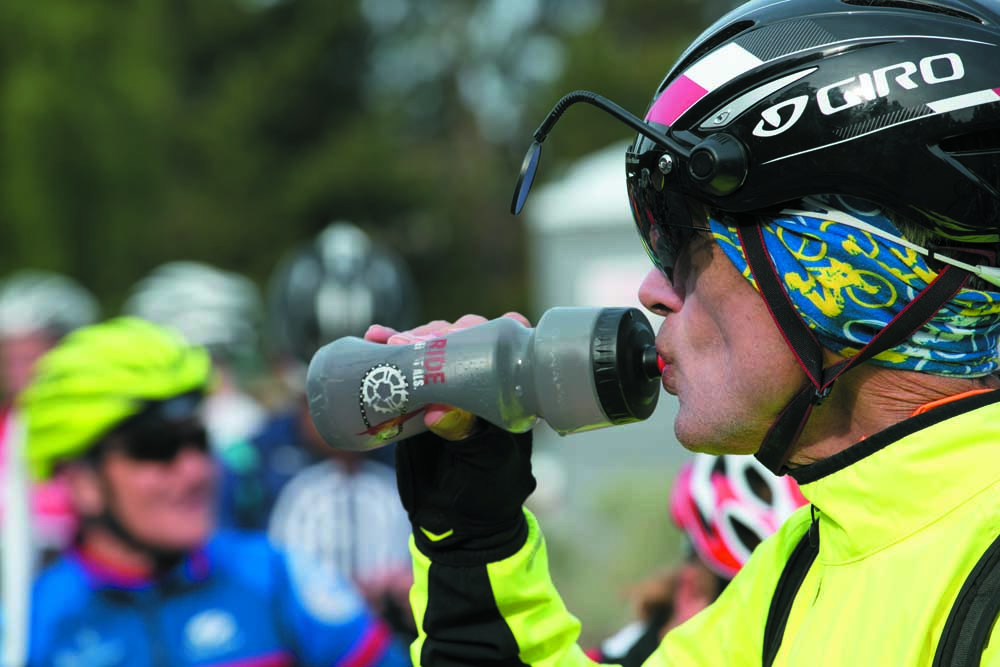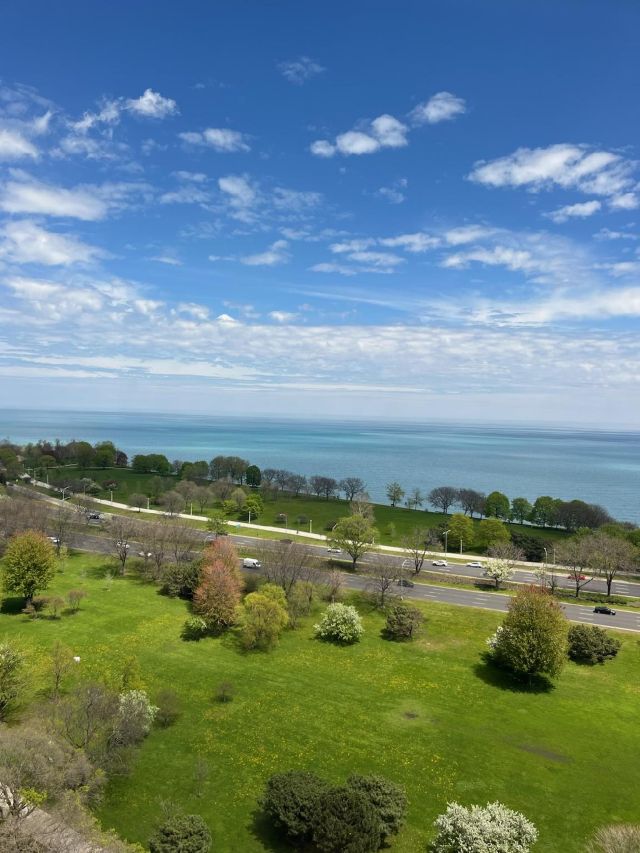Cycling in Central Oregon
Published 12:00 am Saturday, July 7, 2018

- Cycling in Central Oregon
When Serena Bishop Gordon moved to Bend in 2008, bicycle racing wasn’t part of her repertoire. She had been a competitive distance runner in Portland, and she envisioned climbing and backpacking would be her primary outdoor pursuits once she and her husband, Ben, moved to Central Oregon.
Then they got here.
“And we pretty soon realized that mountain biking was something we wanted to explore,” said Gordon.
She did more than explore the sport. She ended up immersing herself in it and progressed to the point of becoming a professional mountain bike and cyclocross racer.
In recounting her arc from a rookie rider to a pro cyclist with major victories and other noteworthy finishes to her credit, Gordon heaps credit on the cycling infrastructure in Bend for the support she received.
“The cycling community really embraced me and said, ‘You should do this. This will be fun,’” she said. “It started as a social thing. I have a pretty addictive and relatively competitive personality,” she added with a laugh, “so one thing led to another.”
Among the many features that make Central Oregon such a great place to ride a bike—cycling-friendly weather much of the year, close access to coveted off-road trails, paved routes that take in majestic scenery, renowned races that draw top professional cyclists, terrain that will never leave you bored—the nurturing qualities of the local cycling environment shouldn’t be overlooked.
Local bike shops offer group rides, maintenance clinics, and free advice. Various groups and clubs unite cyclists for rides on their preferred type of bike or terrain. There are women’s-only rides for those who prefer specific companionship. Children can participate in programs offered by local sports academies.
“People who cycle in Bend are drawn to the outdoors,” said David Marchi, owner of Crow’s Feet Commons bike and ski shop in downtown Bend. “And the fact that it’s all right there, it provides a vibrant community of people who like to be outside. So the cycling community is super strong here.”
Decisions, Decisions
In and around Bend, traditional road bikes (think skinny tires and the rider bent toward the handlebars) and mountain bikes might be most common. But there are many other options, including unicycles—one-wheeled rides.
Hybrids: Drawing on attributes of a mountain bike and a road bike, hybrids feature upright handlebars and tires wider than those on road bikes.
Cruisers: These have wide tires, large seats, upright handlebars, and (often) a step-through frame, which enhance comfort and stability.
Recumbent two- and three-wheelers: On a recumbent bike, the cyclist sits low to the ground, with the back upright and legs extended to pedals near the front of the bicycle instead of below the torso.
Tricycles: Adult-sized three-wheelers provide more stability than two-wheeled bikes and offer a solution for people with balance issues.
All-road bikes: As the name implies, these are designed for any kind of path (including gravel—an increasingly popular surface for riding and racing—and firmly packed dirt) and are suitable for long rides.
Fat-tire bikes: The tires on these bikes (also known as fat bikes) have a wide surface area that makes them popular for riding on snow, sand, and other dodgy surfaces.
Electric bikes: Riders can draw on extra power when desired thanks to a rechargeable battery that fuels a motor.
Yes, electric bikes. They’re becoming more popular, even though to some purists, the thought of an electrical assist on a bike might spark negative feelings.
“It’s still early on in acceptance from the avid enthusiasts,” acknowledged Kevin Rea, owner of Pedego Bend and Let It Ride in downtown Bend.
But Rea has seen growth in electric bike sales every year since he launched his business. “Last year, we grew 60 percent,” he said.
And growth in that market is occurring not just locally.
“Almost every major name brand of bike now has an electric bike,” Rea said.
The attractions of an electric bike are easy to see: easier rides up hills, a leveling of performance between riders of different states of fitness, reduced exertion on a ride.
“It’s an electric-assist bicycle that gives you 20-year-old legs again,” Rea said.
Another type of biking that is gaining in popularity is gravel biking. Marchi said it’s a huge and growing draw, and there are bikes designed for that type of off-road adventure.
“It’s all the fitness of road biking but it’s the remoteness of mountain biking,” he said. “You don’t have to worry about traffic.”
Another decision is where to ride. For mountain bikers, Phil’s Trail west of Bend is among the most popular in the region. A “trademark” road route, Marchi said, is the Twin Bridges Loop, one of Oregon’s Scenic Bikeways, which takes riders beyond Tumalo. Central Oregon boasts four other routes designated as Oregon Scenic Bikeways: McKenzie Pass, Sisters to Smith Rock, Madras Mountain Views, and Crooked River Canyon.
Competition
The standard-bearer for competitive cycling in Bend has long been the Cascade Cycling Classic. It’s a multiday race with various types of competitive structures—the event usually includes a time trial and a circuit race as well as different road races—that has drawn some of the top racers in the nation. (Tour de France veterans Lance Armstrong and Floyd Landis—maybe make that disgraced Tour de France veterans—are among those who have competed in the Cascade Classic.)
The race was first held in 1979, and until this year it was the oldest annual stage race in the United States held without interruption. After going dark in 2018—the race is under new management, which struggled to bring the production together in time for its new late-spring date—the event is expected to be revived in 2019.
Another multiday competition in Bend is the High Desert Omnium, a June event that features a time trial, a criterium (a race consisting of multiple laps on a circuit), and a road race.
For off-road competition, there is the Cascade Chainbreaker series of mountain bike races and the Blitz, where the winner is the first rider to finish drinking (or chugging) a beer after crossing the finish line.
A noncompetitive staple of the cycling calendar is the Tour des Chutes, a fundraiser for local cancer survivorship programs for children and adults. Scheduled this year for July 14, the event offers routes of 7, 25, 50, 75, and 100 miles as well as a 5-kilometer run/walk. The Tour des Chutes is billed as the largest organized ride in Central Oregon, one that has generated hundreds of thousands of dollars for charities. Noncyclists can volunteer for the event or make a donation.
Paying It Forward
Circling back to Gordon, the pro cyclist, it’s worth emphasizing that she credits the TLC she received from the indigenous bicycling community in her rise from biking novice to international competitor.
“You can’t do it on your own,” she said. “I certainly didn’t.”
You don’t have to be an aspiring top-level competitor, though, to benefit from the support provided by veterans in the sport, including those who work at the local cycling establishments and outdoors stores.
“Anyone who is a bike rider or a racer has a lot of information to share,” Gordon said. “And if you ask for it, they’re more than willing to share.”
In Gordon’s eyes, there’s another part of that transaction. And it calls for the cycling community to support their local businesses where it counts: at the checkout counter.
“We need to put money back into our local community,” Gordon said.
Keeping money local helps propagate an environment where local expertise can thrive by providing a living to cycling “lifers.” They are the ones who will give a hand up to the next Serena Bishop Gordon—the next transplant who decides she wants to try to dice it out on the world’s biggest stages.






